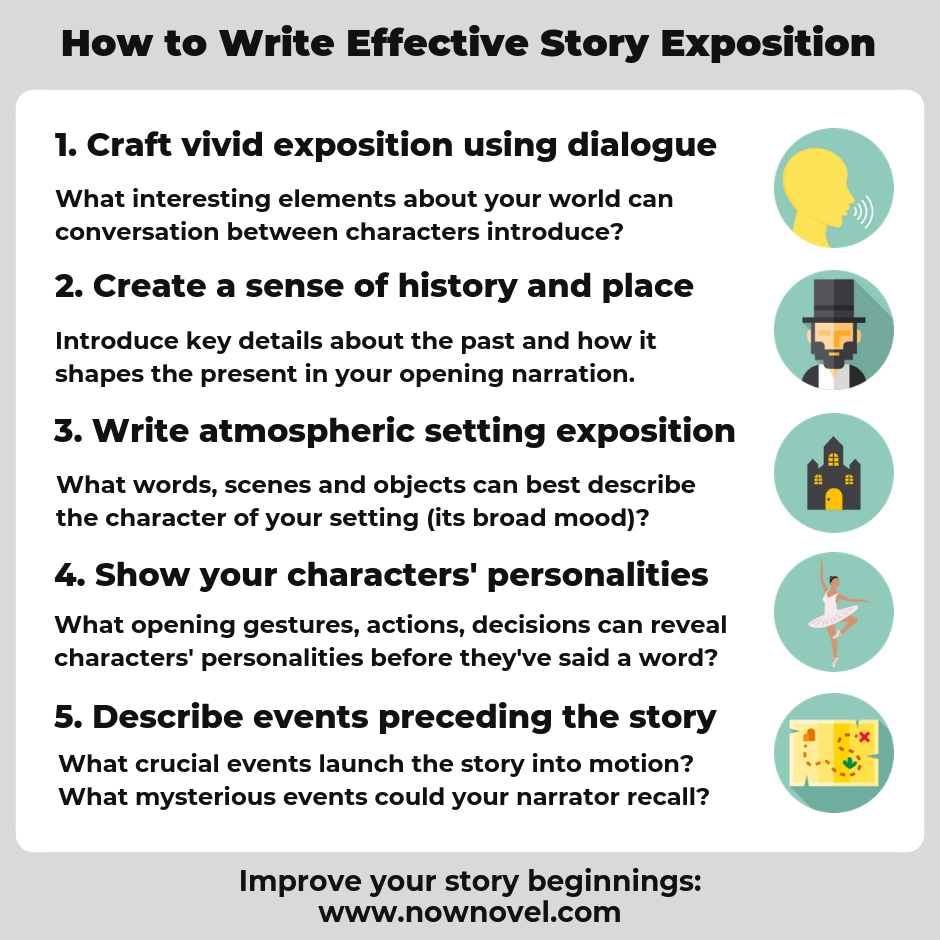

The Rising Action culminates at the Turning Point where the climax occurs, at which point the conflict is resolved. Typically, this section of the story is the longest part of the story. Through conflict, we introduce change in the characters, location, or story, leading to higher and higher stakes for our characters. The world our characters live in feels “normal”. The story begins with the Introduction or Exposition, where we see our story is fairly flat.

Shown graphically, the overall story structure of a three-act story structure narrativelooks something like this: After the climax, things usually start to wrap up in the falling action and resolution. The rising action typically leads up to the climax, which is the highest point of tension in the story. It’s the part of the story where things start to get interesting, and the conflict begins to take shape. Rising action is a key element of story structure. How Does Rising Action Fit Into Overall Story Structure? It’s the part of the story where things start to get exciting, and all the pieces start to come together. Think of it this way: if the beginning of a story is like planting a seed, then rising action is when that seed starts to grow and take shape.

The conflict and suspense that comes with rising action are what keep readers hooked and wanting more. Without rising action, stories would be pretty boring. A well-written rising action will keep the reader engaged and excited to see what happens next. You want your reader to be interested enough in your story’s characters and the plot to both continue reading and become fully invested. These challenges should be directly related to the inciting incident and the main conflict of the story and should move the plot forward. To have a successful rising action section, it is important that the challenges faced by the protagonist are increasingly difficult, and that they raise the stakes of the story as the plot builds. This part of the story is often where the main character faces challenges and must overcome obstacles in order to achieve their goal. The rising action can be thought of as the part of the story “in the middle”, after the introduction of the main characters and setting, and before the climax occurs in the story. It’s the part of the story where the stakes for your characters keep rising, and the reader (in the case of a book) or viewer (in the case of a film) can’t wait to find out what happens next! Rising action in literature is one of the essential elements of a narrative.


 0 kommentar(er)
0 kommentar(er)
